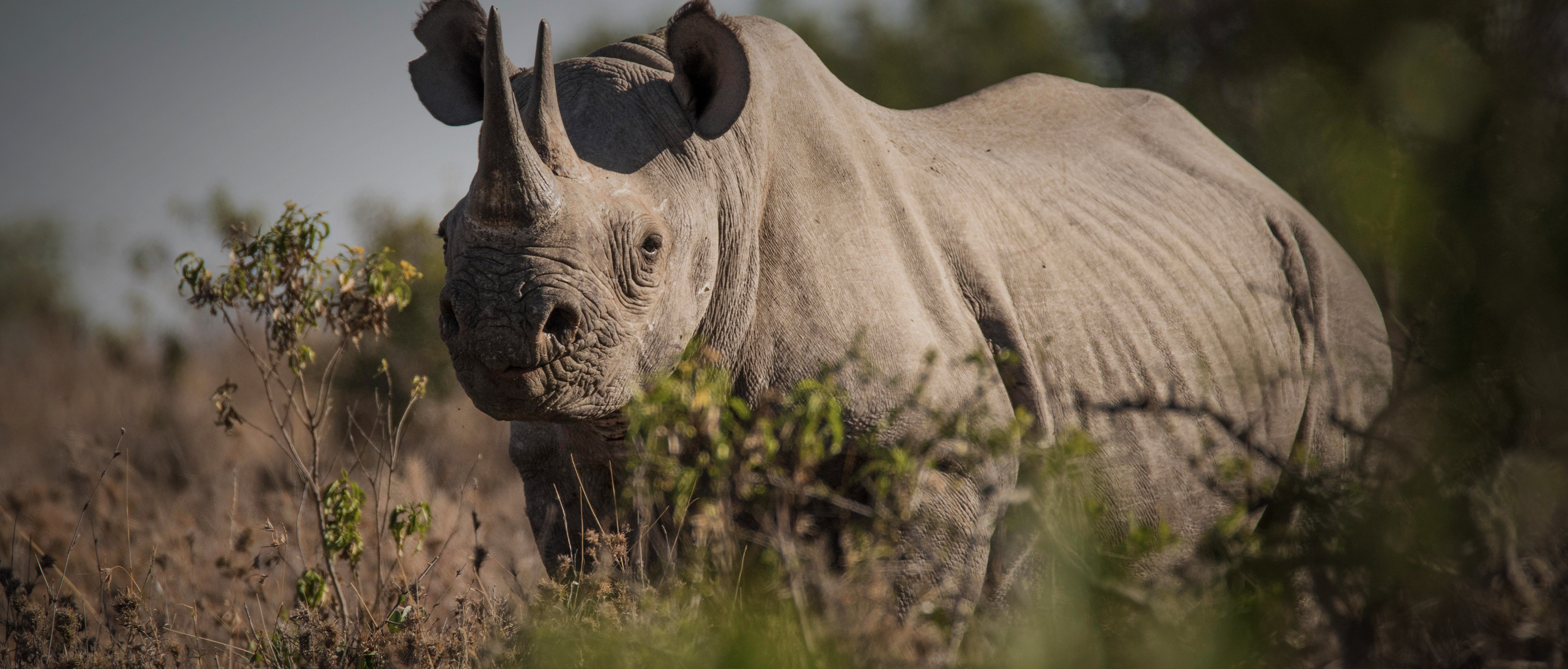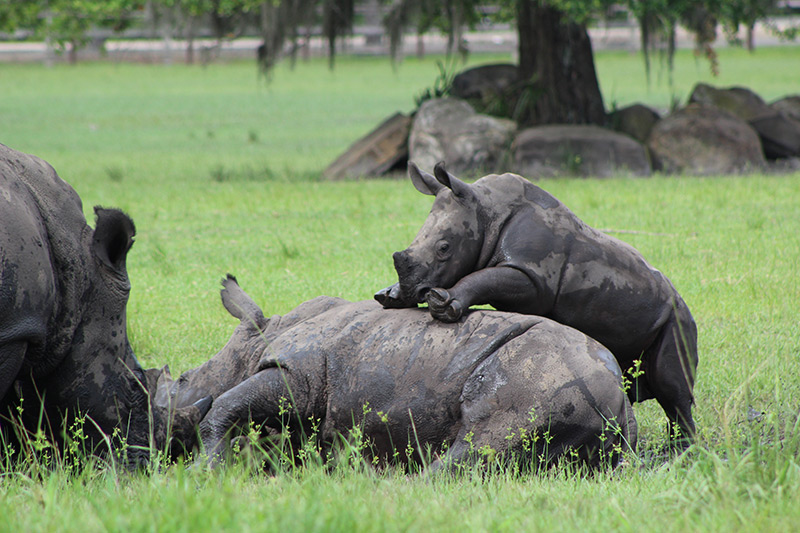
The mating system of the species, in which one dominant bull is expected to sire the majority of offspring in a population, results in low effective population size, exacerbating the problem of genetic drift, and generating many surplus bulls (Owen-Smith 1975). However, the population bottleneck of just over a century ago resulted in inbreeding and loss of genetic diversity, with consequent low number of alleles per locus of microsatellite markers (Florescu et al. Combined with further introductions from South Africa, this contributed to an increase in the number of SWRs in Botswana to 239 animals in 2015 (Emslie et al. Initially, between 19, seven SWRs were captured at Chobe National Park and Moremi Game Reserve and were translocated into fenced sanctuaries elsewhere in Botswana (Tjibae 2001). The main pillars of the new strategy were to: (a) protect SWRs in secure areas (confined reserves subject to close anti-poaching protection) (b) manage and monitor populations to achieve 5% annual growth rates and (c) re-introduce SWRs into large, unfenced national parks in the Okavango delta (Verreynne 2012). Subsequently, a new conservation strategy consisting of three phases of action was employed by the Department of Wildlife and National Parks of Botswana (DWNP). An intensive aerial survey of northern Botswana in September 1992 revealed only seven SWRs (leading to an estimate of a maximum of 10 animals in Chobe and 17 in Moremi) and between August and November of the same year, poachers were known to have taken another six SWRs (Department of Wildlife and National Parks of Botswana 2002). However, the release areas, which are near several international frontiers and therefore subject to cross border poaching, were effectively unprotected and poaching almost wiped out the population. In 1967, four SWRs were relocated from Natal Park in South Africa into the Moremi Game Reserve in Okavango delta, and between 19, 91 more were relocated to Moremi and Chobe National Park (Tjibae 2001). In Botswana, the population of SWRs became extinct in the late nineteenth century as in all other countries within the species’ former range. By 2015, the number of SWRs in Africa had reached 20,375 (Emslie et al. With the application of newly developed protocols for translocation in the early 1960s (Player 1967), the population in Kwazulu-Natal became the founder of all African populations (Emslie and Brooks 1999). Subsequent intensive protection efforts saw a rapid increase in the size of the population, which reached 1800 individuals by 1968. The continental population was on the edge of extinction in the 1890s, when approximately 50 to 100 individuals were all that remained in a single population at Hluhluwe–Umfolozi Park, Kwazulu-Natal, South Africa. The southern white rhinoceros ( Ceratotherium simum simum SWR) was historically distributed over the land now designated as Botswana, Namibia, Swaziland, South Africa and Zimbabwe. This study demonstrates the value of combining genetic information with ongoing surveillance to inform management of threatened populations, and of using mean kinship to inform metapopulation management by identifying candidates for translocation.


The genetic data also confirmed that the accuracy of field-based parentage assignment was increased after implementation of an ear-notching programme.

Importantly, the reproductive dominance of the bulls was not as skewed as expected after the original dominant bull was removed from the population, suggesting that closed populations can maintain multiple, simultaneously breeding males. The method also allowed inferences about demographic parameters that could influence the effectiveness of intervention strategies, such as age and timing of reproduction, and natal sex ratios. Using this approach, we identified parents for 29 out of 45 offspring born in the reserve between 19 and detected eight non-breeding bulls with high mean kinship as candidates for translocation. The purpose of this study was to integrate microsatellite genotypes with an incomplete, field-observed pedigree to make inferences about mean kinship and basic demographic data that could be used to inform translocation programmes for SWR in a confined population in Botswana. However, field observation of breeding often lacks sufficient accuracy to inform translocation strategies that are intended to increase genetic variation. Conservation efforts have preserved the southern white rhinoceros (SWR) in protected areas and have resulted in substantial overall growth in population size, but in small, fragmented populations in which inbreeding is an important risk.


 0 kommentar(er)
0 kommentar(er)
